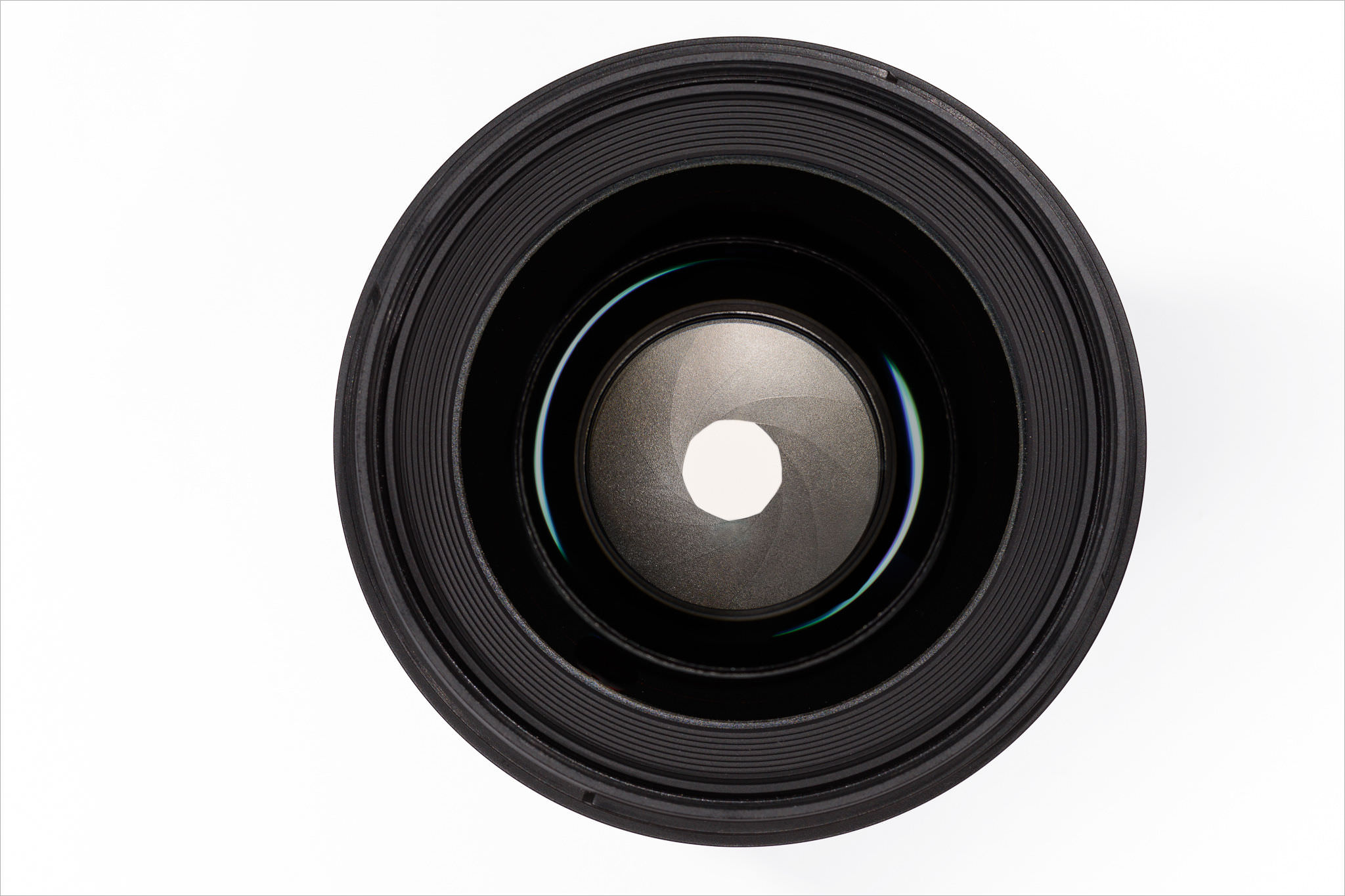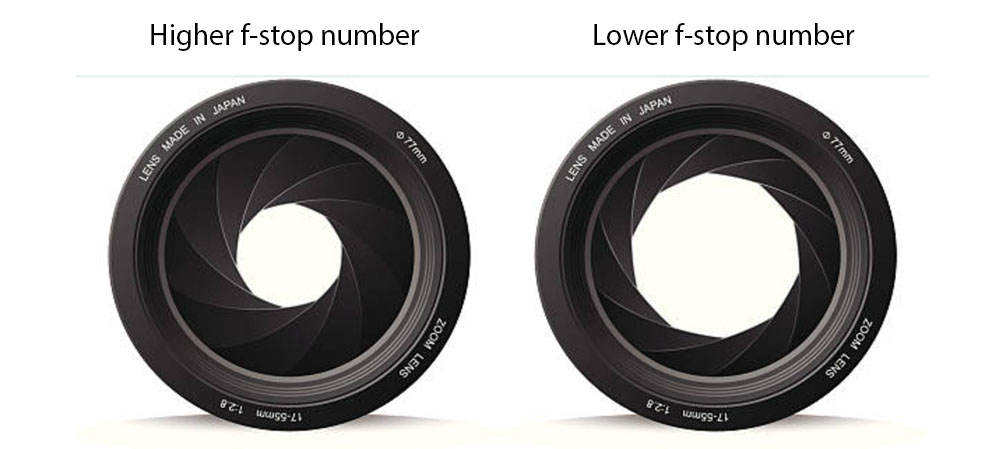
So if f/22 produces a sharper image than f/36, why does the aperture adjustment go all the way to f/36? Though in our example here, the f/22 shot would likely be preferred when making a large print to hang on a wall as art, a person desiring to document a creature and its environment may choose to accept the decreased sharpness in order to obtain the greater depth of field. Note how sharp the focus is in the f/22 image (on the right).į/36 cropped to 450px wide, image not scaled.
Big aperture and smaller aperture lens difference full size#
We cropped the full size image to 450 x 450 pixels (the image should consume 450 x 450 pixels on your monitor.)į/36, cropped to 450px wide, image not scaled.į/22 cropped to 450px wide, image not scaled. (1:1 crop means is that there was no scaling of the image here. Now we can see how much difference in image quality there is by looking at only a small section of the image. What you may not have expected, though, is that the image is actually clearly sharper everywhere within the depth of field. You may notice that there is slightly less depth of field in this image, compared to the image above this is as expected when shooting at f/22 compared to f/36. At first glance, this photograph appears quite sharp, well focused, and an example of a image we would all be proud to show our friends. However, when viewing (or printing) these images larger, the effect becomes not only noticeable, but rather distracting. These images, when scaled down to only 900 pixels wide, below, do not show a dramatic difference in quality, but it is there. There are numerous articles to be found (short list provided below) that explain the theory of this effect and provide examples for illustration however here we have a real life example of the effect on underwater photography. However, there is a phenonemon known as 'diffraction' that occurs when light passes the iris blades (the aperture adjustment.) When the aperture gets to a certain size, this effect becomes noticeable. When we are first introduced to lens theory we learn that smaller apertures (higher f numbers) means more depth of field. His goal was to experience first hand, and to demonstrate, if possible, that smaller aperture is not always better. The Nikon D300 uses a 12.3 megapixel sensor. His camera was a Nikon D300 with Nikkor 105mm macro lens in a Sea & Sea housing with flat port. Keeping in mind that he was shooting a living creature and was not using a tripod, the photos are remarkably similar. Other than reducing flash output for the larger aperture, he attempted to keep everything identical between the shots.

Tim took advantage of the workshop photo-dive's two-hour time limit and shot the same subject at two vastly different apertures. This is the question that Palm Beach County diver Tim Krutz asked during a recent underwater photography workshop by Reef Photo & Video at the Blue Heron Bridge. Is small aperture diffraction noticeable? Unfortunately, the desire to obtain the most depth of field possible has a deterimental side effect that side effect is called "diffraction". For a shallow depth of field, we use a low f/number (large aperture) and for much greater depth-of-field, we use a high f/number (small aperture). The range of aperture settings we may use is determined by the sensor sensitivity (ISO number) and available light. We choose the aperture setting of our lens based upon our desired depth-of-field. An aperture of f/22 is smaller than an aperture of f/16 the higher the number, the smaller the aperture. As we have learned elsewhere, small apertures are indicated by a high f/number a large aperture has a small f/number. Here is a short article which illustrates that very small apertures may result in images with lower quality.

Written by Alan Dewey Sharpest Macro Images Depend on Aperture


 0 kommentar(er)
0 kommentar(er)
